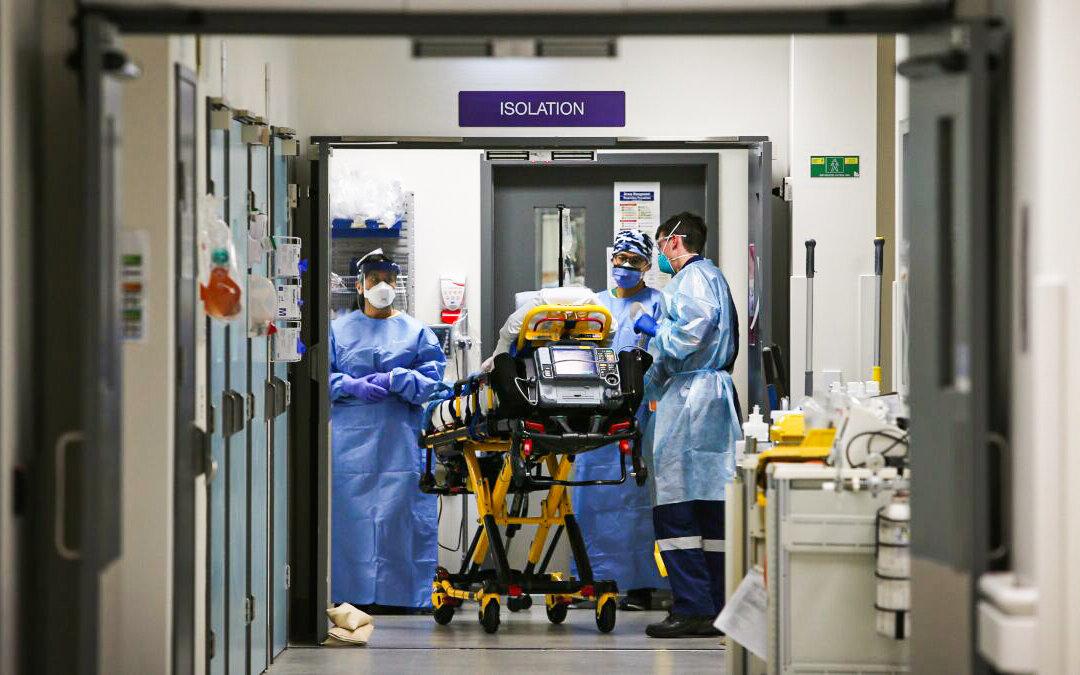For the first time, New South Wales (NSW) has seen more fully vaccinated patients hospitalised with COVID-19 compared to the number of unvaccinated patients as the Omicron outbreak continues to edge toward its peak.
Data published by the NSW government’s COVID-19 Critical Intelligence Unit has revealed that as of Jan. 9, 68.9 percent of COVID-19 patients aged 12 and over in hospitals had two doses of the vaccine, with 28.8 percent unvaccinated.





